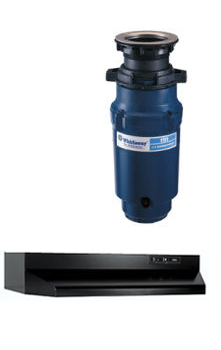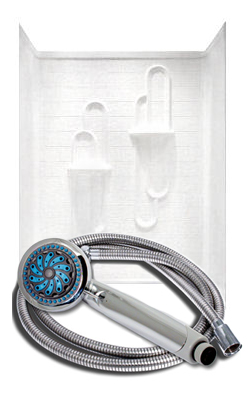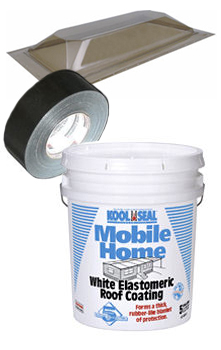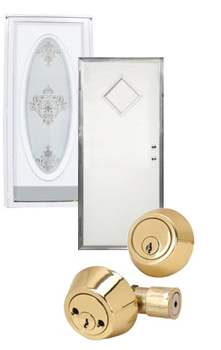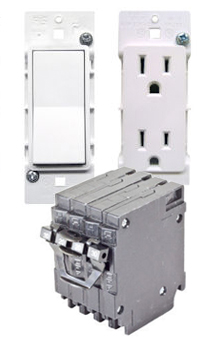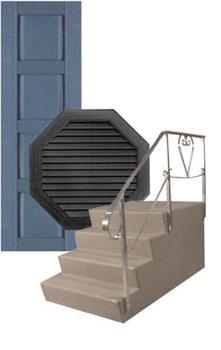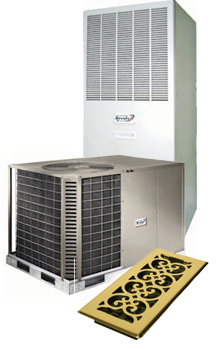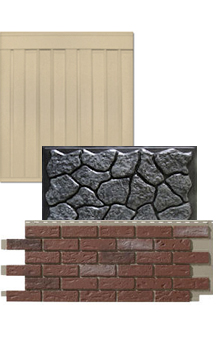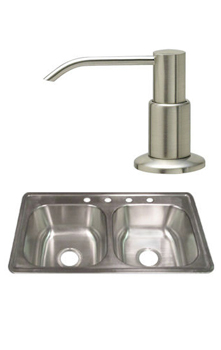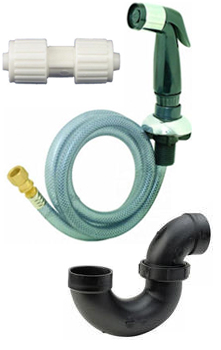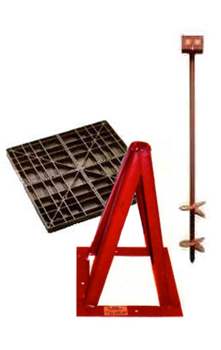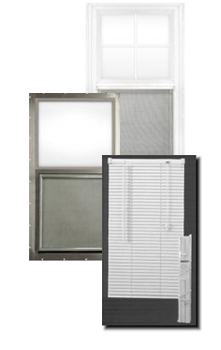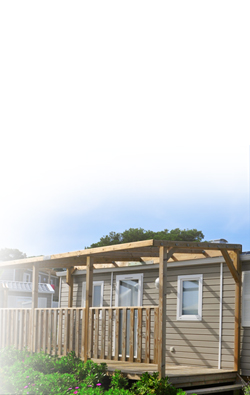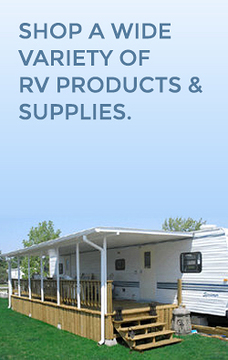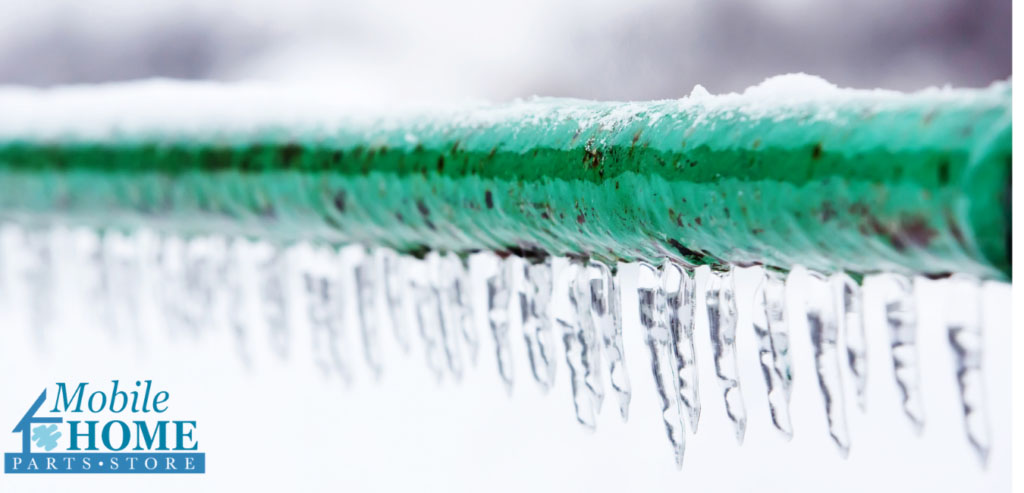
Frozen Pipes on mobile homes are a widespread issue. Most mobile homeowners will become familiar with frozen pipes and how to deal with them. If you are a new mobile homeowner, it is crucial to understand how to replace, repair, and prevent frozen pipes on mobile homes. Otherwise, frozen pipes on a mobile home can be a big issue. When water freezes and expands, it can break piping leading to leaks and interior damage. If you have personally experienced frozen pipes on a mobile home, you know it is a severe issue. The most important of these steps is to prevent frozen pipes on a mobile home. You can take a few significant steps to avoid frozen pipes on a mobile home.
Prevent Frozen Pipes on Mobile Homes.
Ideally, you will never have to deal with frozen pipes on a mobile home. Repair and replacement of piping on a mobile home can be difficult and expensive. That’s why you must take the following steps to winterize a mobile home. First, ensure the skirting on your mobile home is in place correctly. Since mobile homes sit above ground, skirting is one of the only barriers protecting the bottom of your mobile home. If skirting is loose or broken, cold air can get trapped under the mobile home by the rest of the skirting. You should check all skirting around the entirety of the mobile home. Any loose or damaged skirting will increase the chance of freezing pipes. Next, ensure the underlayment of your mobile home is secure. The underlayment is a plastic barrier that fits on the bottom of your mobile home. Underlayment usually defends the mobile home from pests and water damage. However, the underlayment can help insulate all the piping on the bottom of your mobile home as well. Finally, insulation will be the best way to prevent frozen pipes in mobile homes. Insulating your pipes will require insulation tape that wraps around water pipes. It must be layered on the pipe evenly, leaving no weak spots. Without insulating the piping, there is a high chance your pipes will freeze. You must take appropriate steps to winterize a mobile home. Otherwise, you will likely deal with mobile home frozen pipes. Mobile home frozen pipes are not the worst-case scenario, but they present some challenges.
Finding The Blockage.
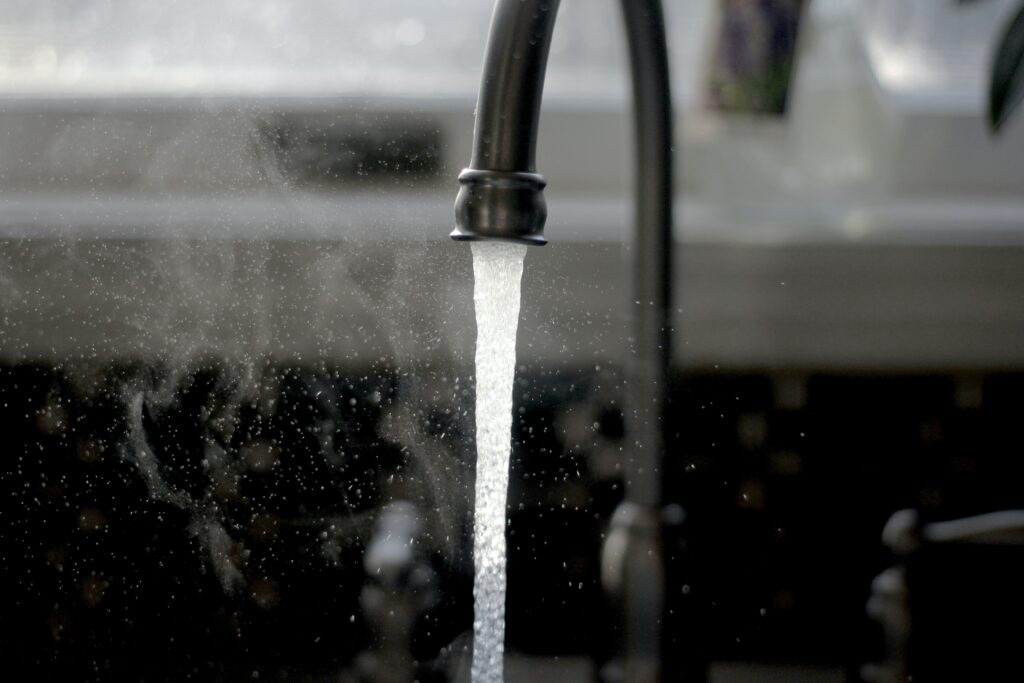
If pipes are not protected and freeze, unfortunately, there is a risk they would crack or burst. The goal is to find and thaw out the frozen pipe before it bursts. It is best to find the blockage as quickly as possible. The first step you should take is to turn on all water sources. Trying all water sources may help you isolate where the problem is. For example, if no water in the mobile home’s entirety is running, the blockage is likely at the source. After this, it is wise to turn off the water source. Turning off your water source will release any pressure built up in the pipes, so they don’t burst. Once you have a general idea of where the blockage is, start to look at the pipes more closely. Obvious signs of the blockage’s location could be frost or discoloration. Using your hands, determine the coldest section of the pipe. You can also tap on the pipe with a solid object to see where it sounds hollow or solid. Once you locate the blockage, there are multiple ways to thaw a frozen pipe.
Thawing Mobile Home Frozen Pipes.
You can use a hairdryer, heat gun, heat lamp, warm towels, heating tape, and more to thaw a frozen pipe. The only method you should not use is an open flame. Using an open flame to thaw frozen piping has started many unwanted fires. If using a hairdryer, heat gun, or heating lamp, beware of melting or warping your pipes. Typical PVC piping in a mobile home has a maximum allowed temperature of 140ºF. If your piping is not PVC, take the extra time to research its temperature rating. It will typically take 35-45 minutes to thaw out a blockage with a hairdryer. In extreme cases, this can take longer. When using towels to thaw mobile home frozen pipes, soak in warm water and apply directly to the blockage. You should reheat and replace the towels every 5-10 minutes. Heat tape is one of the most effective methods of thawing frozen pipes on a mobile home. You should use electrical tape on one end of your heat tape and coil the heat tape around the pipe. Make sure to twist the heat tape tightly. Otherwise, it will not be beneficial. However, do not overlap heat tape as it is a fire hazard. Once you wrap the heat tape appropriately, use electrical tape to fix the other end of the pipe and turn it on. Most people who experience frozen pipes on a mobile home can thaw the pipes in time. However, if you notice cracks or damage to the pipes, you will need to repair and replace them.
Replacing Broken Pipes.
Replacing and repairing broken pipes can be simple, as long as there is no significant damage. You can fix one or two leaks in a couple of hours if you are working with plastic piping. It would be best if you start by ensuring you have turned the water supply off. Next, remove any insulation from the section or sections of broken piping. Now you can cut out the damaged areas of pipe with pipe cutters. Ensure the cuts are clean and even on both ends. Next, you will need a new pipe and pipe couplings to replace the damaged area. To ensure you get the right size, you can bring the damaged pipe section to the hardware store. Once you have the new piping, you will need to cut it to the correct length. If it’s too long, it will add unneeded pressure to your piping, and if it’s too short, it may leak. Once you have trimmed the piping correctly, you can insert the couplings and the pipe’s new section. Push firmly to ensure the new piping is tightly in place. Keeping an eye on the repaired area, you can begin to turn the water supply back on slowly. If you replaced the piping correctly, all water should run normally.
In Summary…
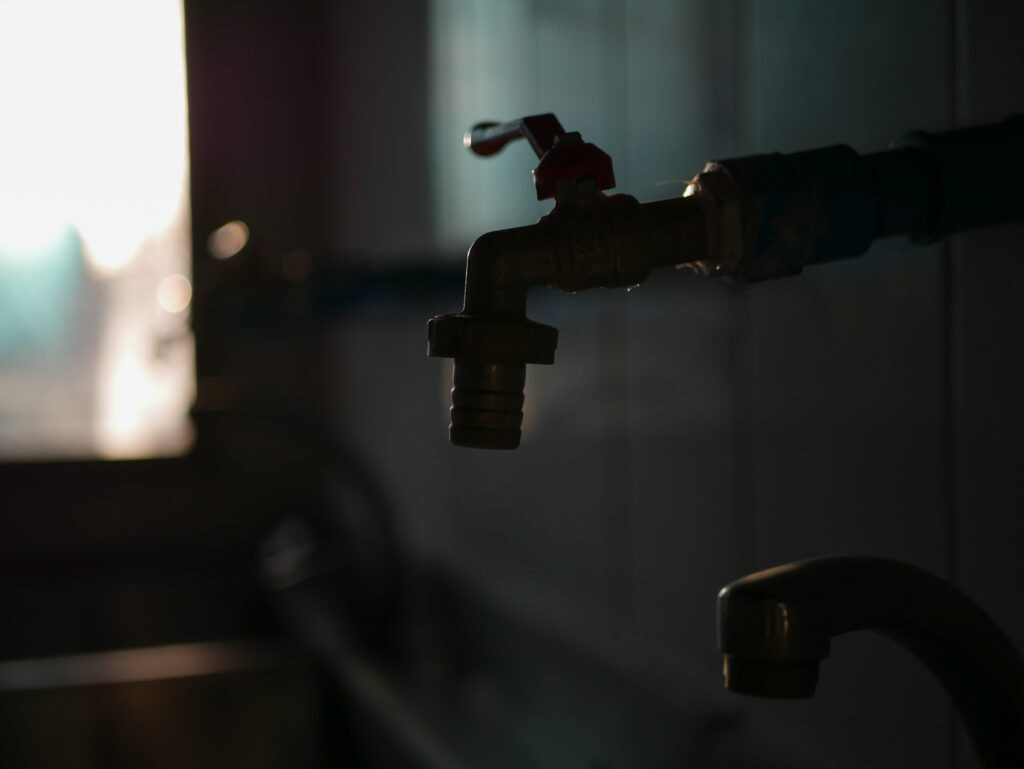
No one wants to deal with frozen pipes on a mobile home. It takes your time, energy, and sometimes money. However, if you have owned your mobile home for a while, you know frozen pipes on a mobile home are a common issue. You must take appropriate steps to winterize a mobile home. Winterizing a mobile home will pay dividends and help prevent frozen pipes on mobile homes. Ideally, you won’t have to deal with them at all. When they do come about, you want to make sure you have all of the tools and knowledge you need to deal with them.
Wanting to avoid common winter mobile home issues?
We have all the parts you’ll need!
Tags: Frozen pipes on a mobile home, mobile home frozen pipes, Prevent frozen pipes on mobile homes, Winterize a mobile home


